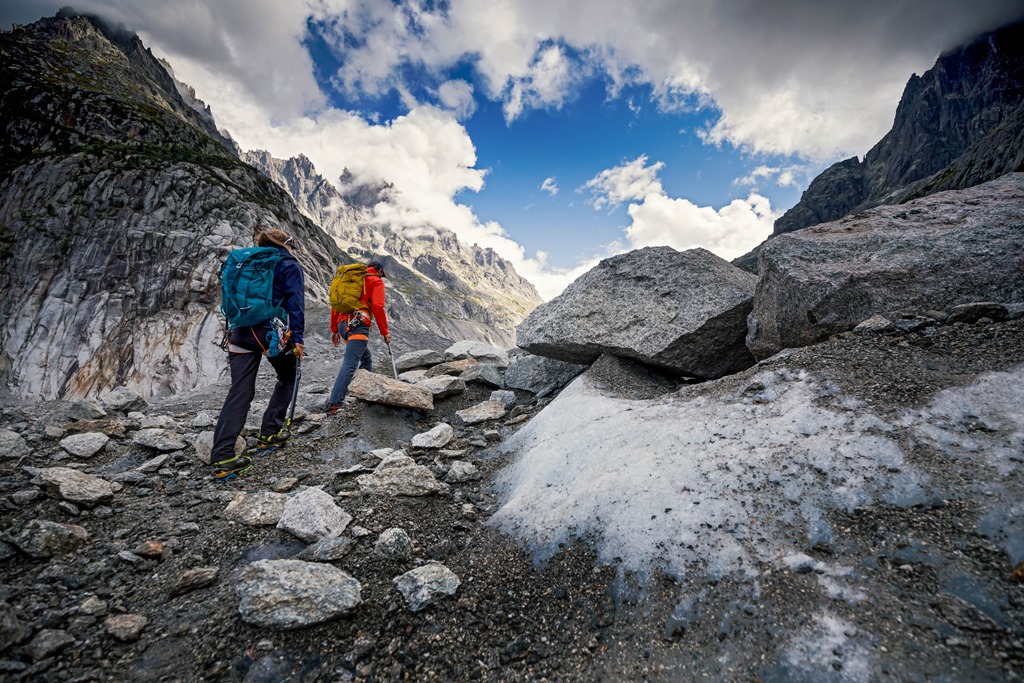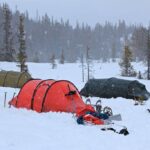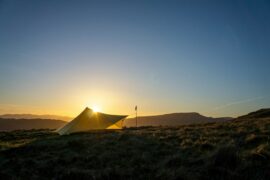Take a look as we take you through the essentials of a winter layering system perfect for the cold season’s icy days.
…
This week on the Taunton Leisure blog, we’re going to be exploring the awesome adventures that come with escaping into the outdoors during the winter months. It will be a three-part series exploring different elements of winter walking and how best to adapt your gear to enable optimal enjoyment and comfort. This is part 1 where we will be exploring the classic outdoor layering system and why it’s perfect when wanting to keep yourself warm and dry in even the harshest environments. In Part 2 we will be upgrading your winter hike by talking all about what you need to turn your day walk into a proper campout overnight in cold conditions. But for now, let’s get on with part 1 and what it takes to keep yourself warm and dry!
“Embrace the weather, whatever it throws at you.” This is often one of the first pieces of advice that any outdoor enthusiast will give when asked for tips about enjoying your time outside. Whether it’s below zero or long, wet, windy downpours, these conditions can be some of the best and most exciting times to explore the outdoors. Nothing beats the feeling of being out in a cold, soaking storm and remaining warm, dry, comfortable, and protected; these are some of the benefits of using the appropriate layering system for the conditions you’re in.
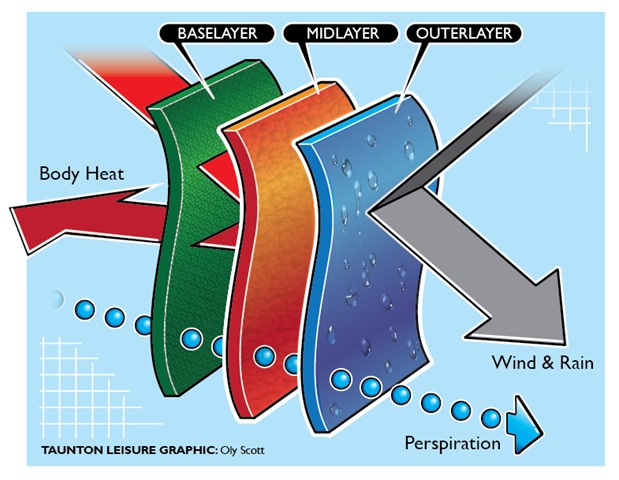
We’ll be taking a look at each step in the layering system from the base layer to the outer layer, explain what each layer’s place is within the system and show you some recommendations for each. We’ll start with the all too often overlooked base layer!
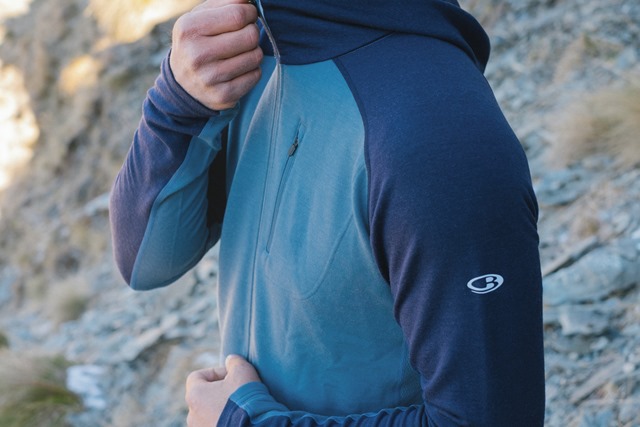
BASE LAYER
Firstly, the base layer is what is worn next to the skin, it often takes the form of a long sleeve top. The main function of any good base layer is to wick sweat efficiently away from the body and push it towards the outer fabrics. Since moisture conducts heat 25 times more quickly than air, you’ll find yourself getting cold very quickly if sweat is left against your skin. In Summer, where keeping cool is your priority, a base layer worn under another light layer will actually help to reduce your skin’s surface temperature through a process called evaporative cooling. The garments should be tight-fitting for this to work effectively. It should be stressed that when looking for a certain material for your base layer, synthetic materials and merino wool are considered the best for different reasons. Don’t be fooled into thinking that your cotton t-shirt will work effectively as a base layer, cotton holds moisture, keeping it against your skin which will allow you to become cold very quickly.
Synthetic base layers are quick-drying, lightweight and cost less compared to merino wool, they’re also very easy to care for. When warmth is your priority however, merino wool has an outstanding warmth to weight ratio and is exceptionally comfortable. The anti-microbial properties in wool also mean that they remain odourless even after several days of wear which you can expect in very cold conditions.
In colder conditions, it is also recommended that you wear leggings as a base layer for your lower half.
Take a look at our range of Base Layers HERE
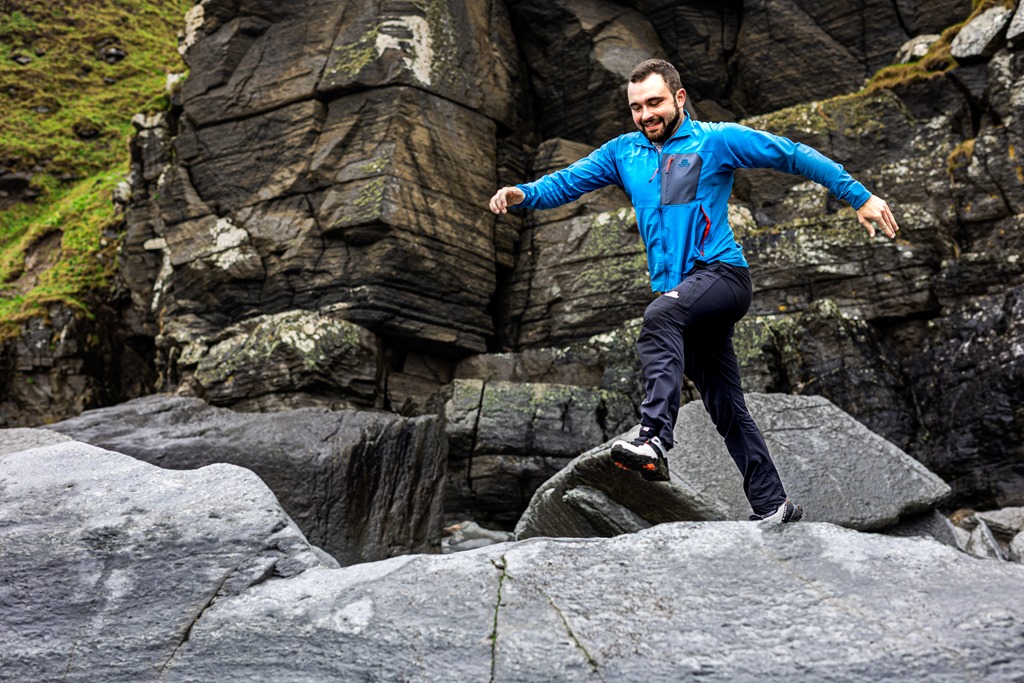
MID-LAYER
As the name suggests, a mid-layer is any piece of clothing worn between your base layer and outer shell. Mid-layers vary greatly, from down-filled jackets to microfleece hoodies. Insulating and trapping body heat, while continuing to allow moisture through to the outer layers is the role of any good mid-layer. The kind of mid-layer chosen should vary according to the conditions which you’ll be facing:
Microfleece is highly versatile and varies in thickness. Thinner microfleece mid-layers are quick-drying and are excellent for high-output activities in the cold such as snowshoeing. Thicker fleeces are good for cold conditions with less activity such as setting up camp and bird watching, but they weigh more than other options and are less compressible.
Synthetic Insulation is a practical option for a lot of outdoor people. The insulation is made up of synthetic fibres which simulate a down-like material that traps heat effectively. A big plus with synthetic insulation is that it performs excellently even when wet.
Down Insulation is weight for weight, the best insulator available, but cannot perform effectively when wet. This means that it works best on very cold dry days or on wet days with an effective waterproof outer shell. Since it works so efficiently, it is ideal for low output activities such as belaying or camping.
Take a look at our range of Mid Layers HERE
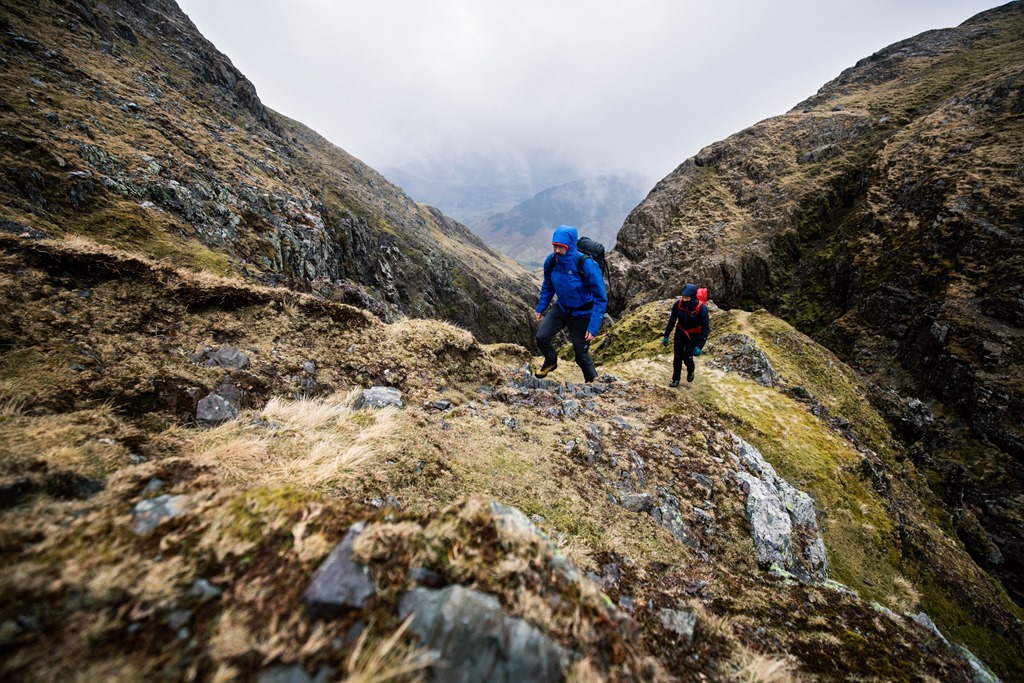
OUTER SHELL
During activity, this is the outermost layer and is your first line of defence against wind and rain. A waterproof jacket does not allow any moisture in, it allows the base and mid-layers to efficiently move moisture away from the skin. Waterproof jackets work best when coupled with at least a base layer in hot or cold, wet conditions. In dryer conditions, many prefer to use a softshell jacket which adds a little more insulation and a good deal more breathability but lacks proper waterproofing.
Shop our range of waterproof outer shell jackets HERE
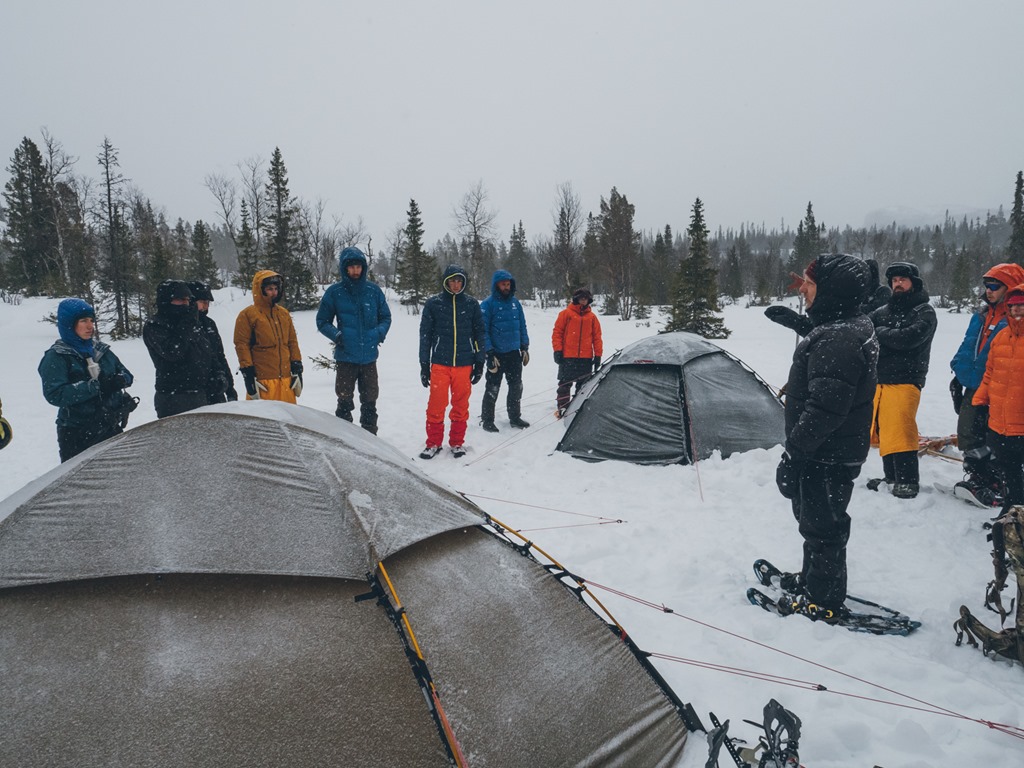
OUTER INSULATION – FOR EXTREME COLD
In very cold Winter conditions below zero, it is vital that when you are finished or taking a break from activities such as hiking and climbing that you throw a large piece of outer insulation over the top in order to keep all the heat you’ve generated in as even with many good layering systems, extreme cold can be a trump card. Down insulation works best as it packs down very small meaning it’ll fit easily in your pack and can be pulled out and stuffed away at a moment’s notice. It is also weight for weight, the most effective insulation and when it is several degrees below zero, it is too cold to rain meaning you shouldn’t have to worry about it getting wet. When thinking about which Outer insulation garment is right for you, it is worth considering the size as it’ll need to fit comfortably over your other layers. Many people take a size up of their usual.

